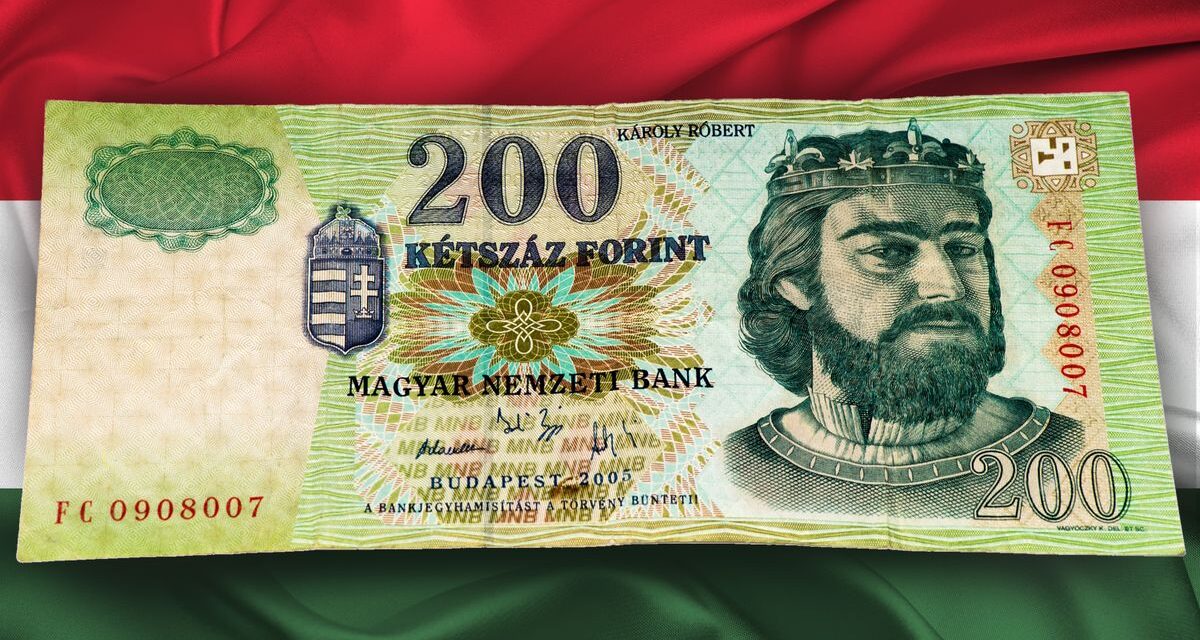Paper 200 forints were in circulation for just over a decade. Whoever keeps one of them in perfect condition can get a bag of money for it.
It hasn't even been 15 years since the 200-forint banknotes were withdrawn in Hungary, but so much time has passed since collectors in perfect condition change hands for incredible sums of money.
The green two-hundred was in circulation between 1998 and November 2009, but as the smallest denomination paper money, it was quickly destroyed, and it cost the central bank a considerable amount of money to replace the defective copies. According to the legend, the portrait on the banknote had little to do with the ruler Róbert Károly, who was intended to be depicted, but the banknote designer was the model. According to another explanation
since no authentic depiction of Róbert Károly has survived, the portrait is idealized, the model is the executive of the security company supplying the banknote printing house.
By the way, the central bank guarantees that it will replace the two-hundreds with legal tender until November 15, 2029.
But the owners do better if they don't try with the central bank, since then they can only get the face value for the HUF 200. You can get up to hundreds of thousands of dollars for banknotes that are in perfect condition, without folds and creases, and have never been used in circulation.
A collector in Vaterá, for example, is asking almost HUF 350,000 for a green two-hundred in this condition. The seller justifies the unusually high price by saying that this is one of the rarest examples of modern circulating HUF banknotes, which have been preserved in the so-called UNC condition. The UNC (uncirculated) classification refers to cash that has been preserved in the best possible condition and has never been used in circulation. In addition, the fact that the lower the serial number of the banknote, the higher the market value, and the serial number 17 is on the banknote in question is also a price driver.
There are those who ask HUF 150,000 for a UNC two-hundred note, but here it is not the low serial number that makes the offer interesting, but former Central Bank Governor Zsigmond Járai.
The seller attached a certificate of origin to the banknote, according to which Járai signed the 200 HUF bill with his own hand in his capacity as chairman of the supervisory board at the Herend Porcelain Manufactory Museum. The small detail of the certificate of origin ensures that the joy of the future buyer is not cloudless, as according to this, the former central bank governor wrote his name in ipsilon.
At a lower price level, the field is much denser, especially for less than HUF 100,000. The crumpled, traffic-marked 200s are not even worth HUF 1,000 on the Vatera market square.
Even in the closed Facebook group specializing in buying and selling HUF coins, sometimes a perfect condition 200 HUF coin appears, most recently a collector advertised it for HUF 16,000.
Featured image: Shutterstock












